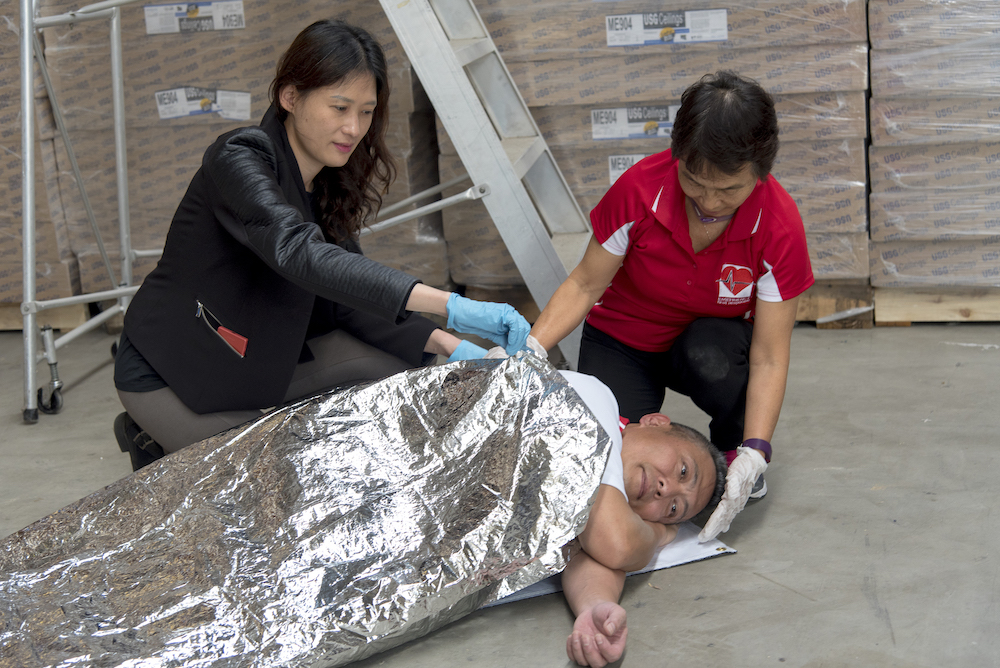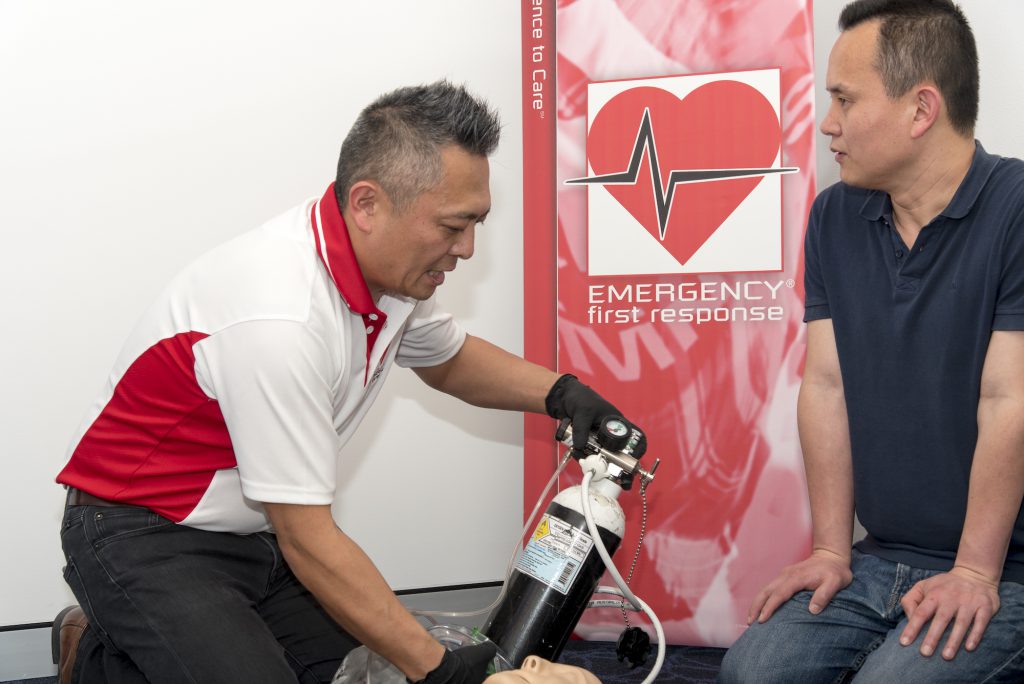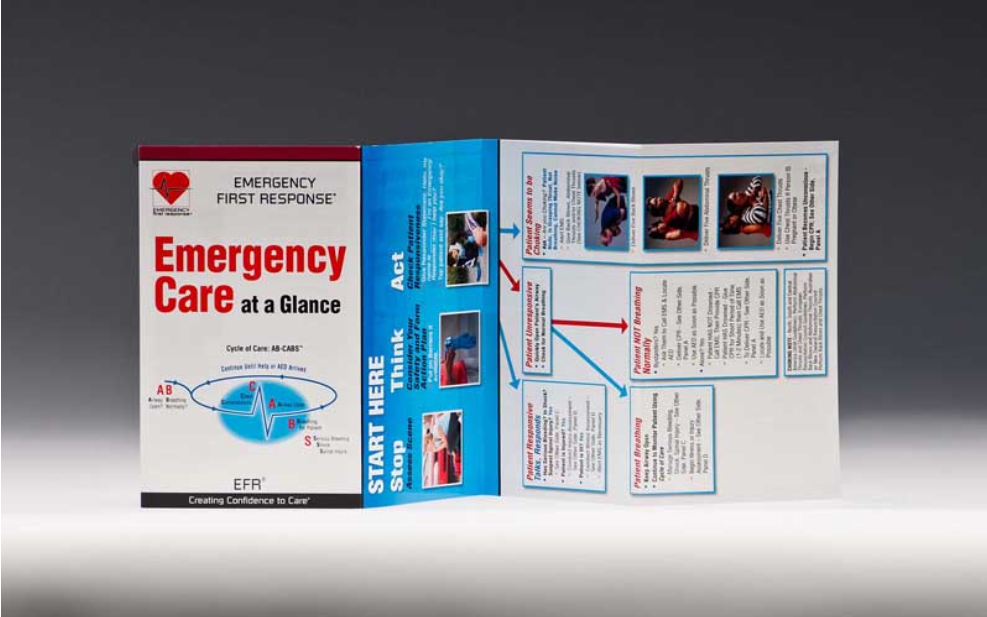Knowing what to do in an emergency situation could save the life of someone you care about. Consider these statistics:
According to the American Heart Association:
- CPR can double or triple a victim’s chance of survival.
- More than 85 percent of cardiac arrests occur at home – not a hospital. Many victims do not have a history of heart disease and appear healthy. Fewer than eight percent of those who suffer a cardiac arrest survive.
- Globally, cardiac arrest claims more lives than colorectal cancer, breast cancer, prostate cancer, influenza, pneumonia, auto accidents, HIV, and firearms – combined.
- 70% of Americans feel helpless to act in the event of a cardiac emergency because they either do not know how to effectively administer CPR or their training has lapsed.
Being able to provide appropriate care quickly in an emergency situation can help reduce a patient’s recovery time and can also prevent them from having a temporary or long term disability. As a bystander, you benefit from learning how to remain calm and make informed decisions in an emergency situation.

Basic First Aid and CPR Certification Classes – Who Should Enroll
Anyone, even adolescents, can and should learn basic first aid and CPR. For the groups below, learning such important skills are practically essential.
Parents
The most common injuries for children include:
- burns
- choking
- drowning
- falls
- firearms
- poisoning
- and suffocation
The right training can teach you to address these types of emergency situations calmly and confidently. You will also learn acronyms that will help you remember what steps to take and you will receive reference material for how to give appropriate care in an emergency. You’ll also learn how to prioritize actions and conduct illness assessments to identify serious injuries or ailments that may not be immediately apparent.
Children
According to a recent study, 86 percent of children nine or older could correctly administer CPR after participating in hands-on training. Even if a child does not have the physical strength to perform CPR, they benefit from role-playing what to do in an emergency and learning basic first aid. Invest in your family’s safety by taking a class together.
Adult Caregivers
Medication, reduced motor skills and other factors put older adults at greater risk for injury. Knowing how to detect a stroke, what to do (and not do) after a fall, and how to perform CPR are important skills for anyone who lives with or cares for an elderly person. Even a minor cut or laceration can become a serious disability if not treated properly.
Job-Seekers in Certain Fields
According to a recent study, 86 percent of children nine or older could correctly administer CPR after participating in hands-on training. Even if a child does not have the physical strength to perform CPR, they benefit from role-playing what to do in an emergency and learning basic first aid. Invest in your family’s safety by taking a class together.

Adult Caregivers
Medication, reduced motor skills and other factors put older adults at greater risk for injury. Knowing how to detect a stroke, what to do (and not do) after a fall, and how to perform CPR are important skills for anyone who lives with or cares for an elderly person. Even a minor cut or laceration can become a serious disability if not treated properly.
Job-Seekers in Certain Fields
Healthcare providers and emergency responders aren’t the only ones required to have CPR and first aid training. Nursing home employees, daycare staff, lifeguards, flight attendants, corrections officers, some construction jobs and many teachers are also required to have current training in basic lifesaving skills. Learn more about jobs that require CPR or first aid training.
EFR Courses: Confidence to Care
Emergency First Response© (EFR) courses are recognized by the US Coast Guard, the Girl Scouts of America, OSHA, the American Council on Exercise (ACE) and many others. Our classes include:
- Adult, child and infant CPR and first aid skills
- Automatic External Defibrillator (AED) training
- Home study and reference materials
- Hands-on training
- Patient care techniques and procedures used by medical professionals
Learn
more about our Primary Care (CPR) course, or CPR with AED course. Both
can be taught independently or in conjunction with the EFR Secondary Care (first aid) course and emergency care for children course.
Find an EFR course provider near you.



